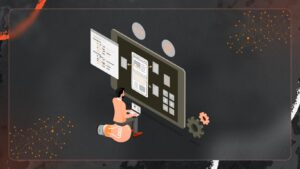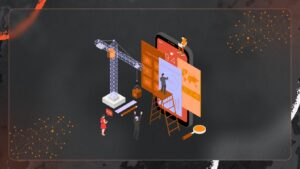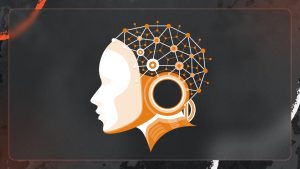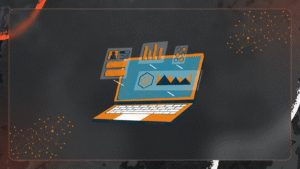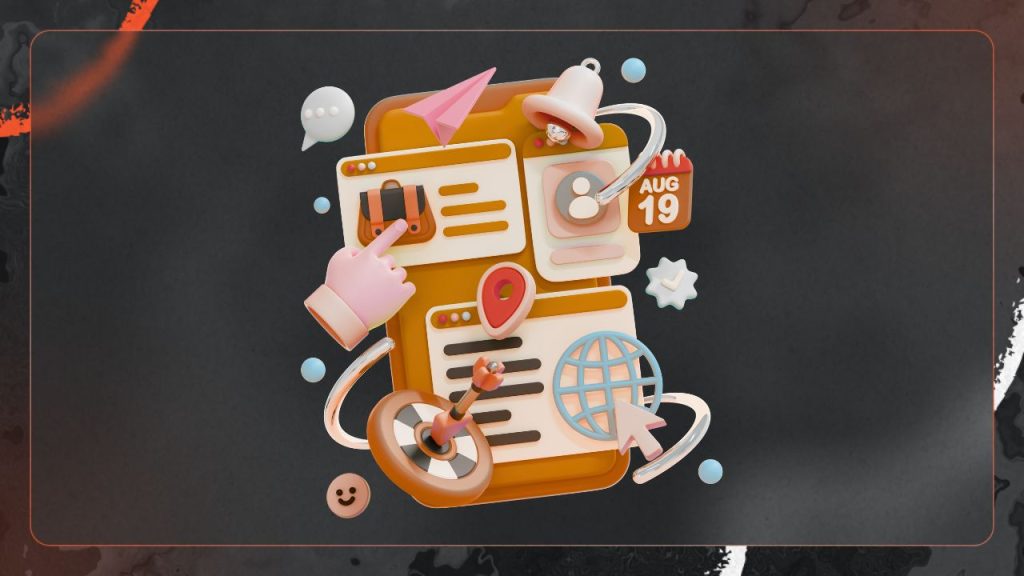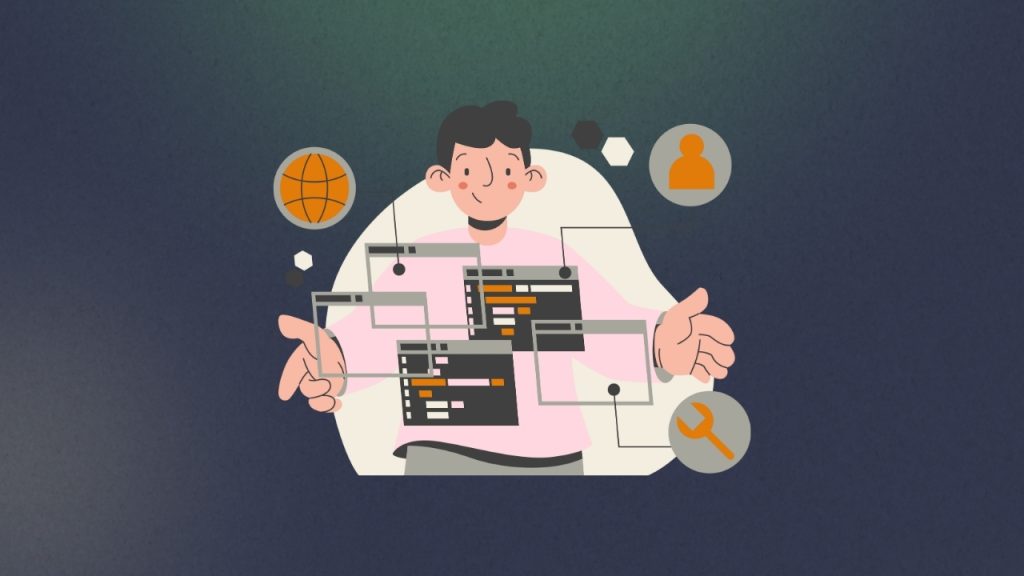
Programming languages are the backbone of technology. Without them, computers would be useless piles of hardware. Just like how humans evolve over time, programming languages have undergone significant changes too. From the early days of punch cards to today’s sophisticated, high-level languages, programming has come a long way. So, let’s take a look at the fascinating evolution of programming languages and see how these tools shaped the tech world we live in today.
Birth of Programming
In the beginning, programming was a daunting task. Early computers didn’t have fancy IDEs (Integrated Development Environments) or high-level languages. Instead, they communicated in a language known as machine language. This is basically the language that the hardware understands: 1s and 0s. It’s like giving instructions in binary code – not the easiest, right?
Example: Imagine trying to write an essay by only using a typewriter with a single key – it’s like the primitive days of programming!
This language is fast and directly interprets into machine-readable code, but it’s not very user-friendly. It’s like trying to read an entire book in Morse code – not exactly the most practical way to communicate.
Assembly Language
Next, assembly language emerged. This was a slight improvement. It used short codes or mnemonics (like ADD, SUB, MOV) instead of 1s and 0s. However, it still required the programmer to have a deep understanding of the computer’s hardware.
Fun fact: The first “real” assembly language program ever written was for the ENIAC computer, which was the size of a room! Imagine working with that beast just to get a few lines of code written!
While assembly made things slightly easier, it was still very complex. It required precise, hardware-specific instructions. Think of it as writing a text message with autocorrect turned off – very error-prone.
High-Level Languages
As computers became more powerful, developers wanted to simplify things further. Enter high-level programming languages. These languages abstracted much of the hardware-specific details and allowed developers to focus on solving real-world problems instead of wrestling with machine intricacies.
One of the first high-level languages was Fortran (Formula Translation), created in the 1950s. It was designed for scientific calculations, and believe it or not, Fortran is still in use today for legacy systems in engineering and scientific fields.
Then came COBOL, developed in the late 1950s, which was designed for business applications. With its English-like syntax, COBOL made programming more accessible. You didn’t need a Ph.D. in computer science to write code anymore.
Birth of Modern Programming

Now, we’re getting to the good stuff. In the 1970s, a key turning point in the evolution of programming languages occurred: C. C was revolutionary. It gave programmers the ability to write operating systems, build powerful software, and more. It also introduced the concept of portability – programs could now be transferred and run on different machines with minimal adjustments.
Other important languages of this era included Pascal and Ada, which aimed to make programming more structured and safer. While not as widely adopted as C, these languages laid the groundwork for more sophisticated development methodologies.
Rise of Object-Oriented Programming
In the 1980s, the programming world saw the rise of Object-Oriented Programming (OOP). Languages like C++ and Smalltalk ushered in a new way of thinking about code. Instead of focusing purely on functions, OOP centered around objects that bundled data and functions together.
Imagine you’re designing a car. Instead of describing its parts (engine, wheels, etc.) one by one, you’d describe the entire car object, which encapsulates all the parts and behaviors of the car.
This approach made code more reusable and easier to maintain. The impact was huge, with Java soon following, becoming one of the most popular programming languages for years to come.
Web Revolution
In the mid-1990s, the internet began to boom, and programming had to keep up. HTML (Hypertext Markup Language) was used for creating websites, but it didn’t do much in terms of dynamic functionality. Enter JavaScript. JavaScript transformed web development by allowing developers to create interactive websites. Suddenly, a webpage could respond to a click, update in real-time, and create a dynamic experience.
On the server-side, PHP and Python gained popularity. Both of these languages simplified web development by offering easy syntax and extensive libraries to handle web-based tasks.
The Modern Age: Versatility and Speed

Fast forward to today, and programming languages have evolved even further. Python, Ruby, and Swift are now dominant players in the field. Python, for example, is renowned for its readability and versatility. It’s used for web development, data science, AI, automation, and more. Meanwhile, Swift, Apple’s creation, has become the go-to language for iOS development.
Growth of Functional Programming
Functional programming languages like Haskell and F# have also gained traction. These languages focus on mathematical functions and immutable data. They’re perfect for situations where you want to avoid side effects (unintended changes in state) and manage large, complex systems with ease.
Functional programming can be tricky for beginners, but once you understand the concept, it feels like unlocking a superpower for writing clean, bug-free code
What’s Next?
So, what’s next for programming languages? With the rise of machine learning, quantum computing, and blockchain, we’ll likely see a new wave of languages tailored to these technologies. Rust, for example, has gained attention for its focus on performance and safety, making it a great candidate for building systems that require low-level hardware access.
Also, as AI-driven development tools like GitHub Copilot and OpenAI’s Codex continue to improve, we might see a future where AI helps generate code, automate testing, and even optimize algorithms for us. That doesn’t mean developers will become obsolete. Far from it – it just means we’ll be able to focus more on the creative side of programming.
Conclusion
The evolution of programming languages is a testament to how far technology has come. From machine code to high-level programming languages, each step in the journey has made it easier to communicate with computers and build the world around us. As developers, we stand on the shoulders of giants who made it possible for us to write software that powers everything from the devices in our pockets to the servers that run the cloud.
Published: April 9, 2025

